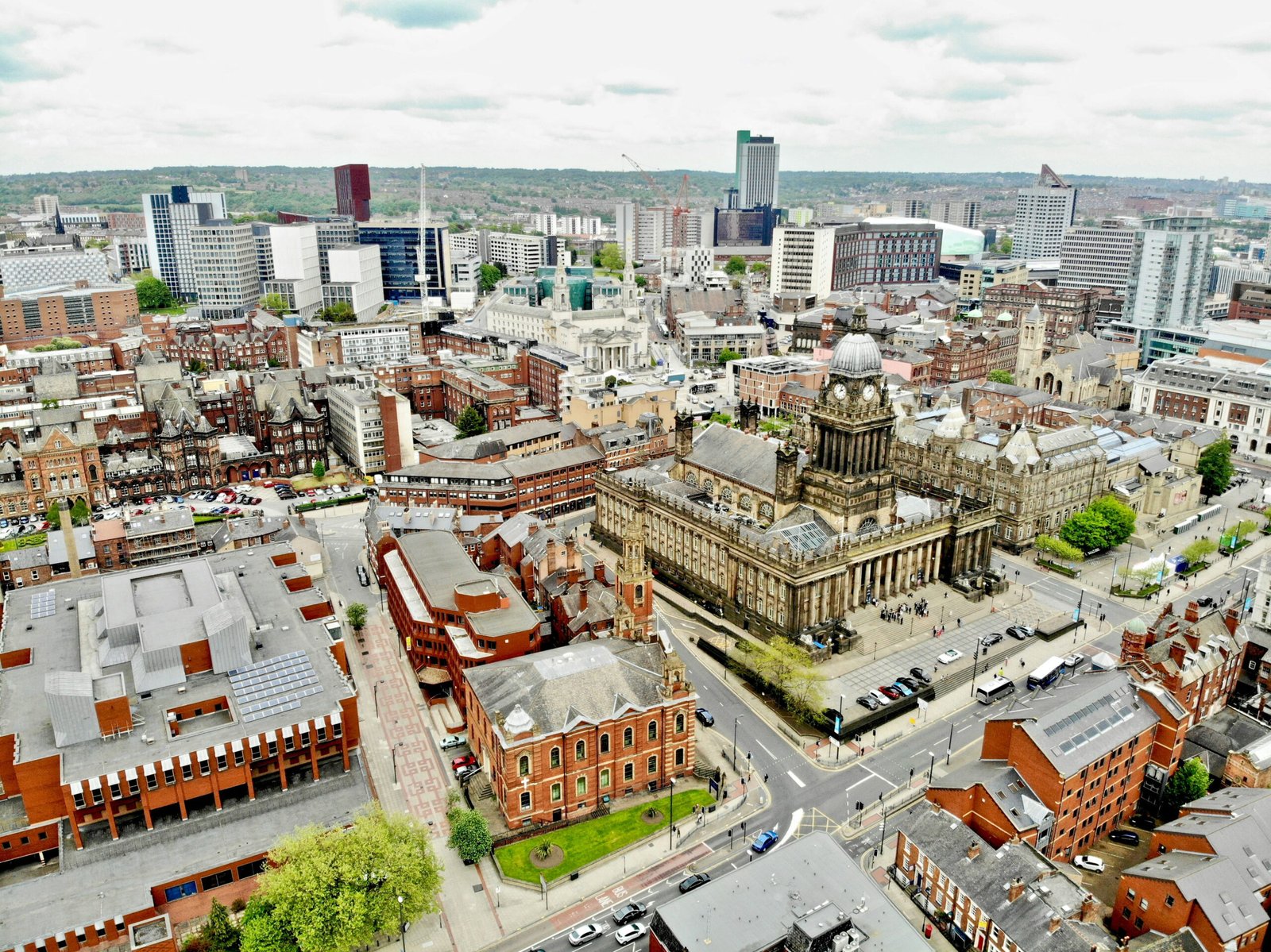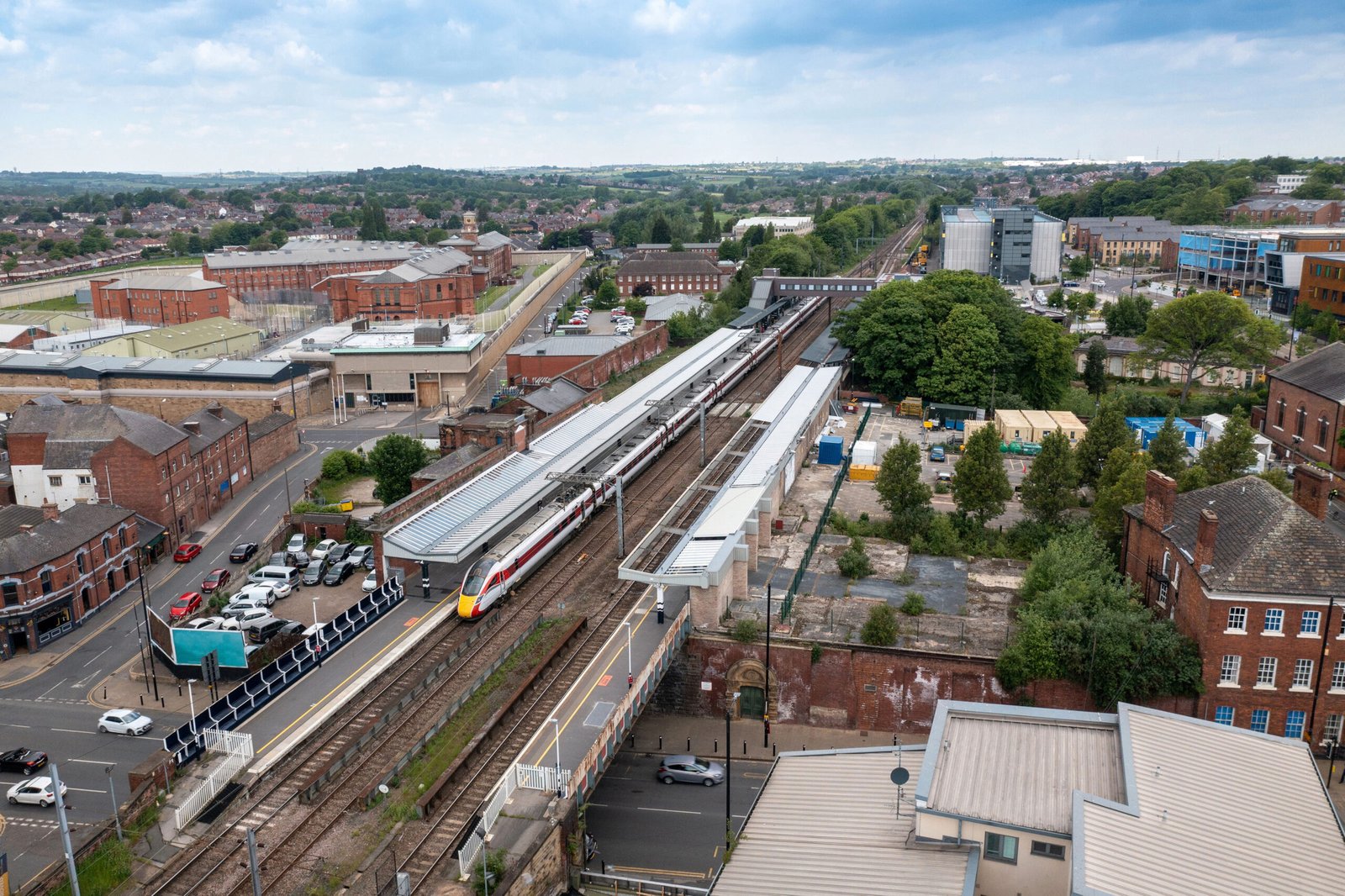A Mix of Urban Charm and Natural Beauty
West Yorkshire, in the heart of England, boasts a rich industrial heritage, cultural diversity, and captivating landscapes. The area is known for its historical significance, particularly during the Industrial Revolution when it emerged as a powerhouse for textile manufacturing. The remnants of this heritage can still be observed today through well-preserved mills and vibrant urban centers, making it a fascinating destination for history enthusiasts and casual visitors alike.
The cultural diversity of West Yorkshire is particularly notable. Cities such as Leeds and Bradford serve as melting pots of heritage and identity, offering an eclectic mix of culinary experiences, festivals, and artistic expressions. Leeds, often regarded as the cultural capital of the region, is renowned for its shopping, nightlife, and thriving arts scene, while Bradford, designated as a UNESCO City of Film, highlights its cinematic legacy through various film festivals and institutions.
Beyond its urban attractions, West Yorkshire is also home to the striking beauty of the Yorkshire Dales, a national park characterized by rolling hills, picturesque valleys, and breathtaking vistas. The natural landscape offers ample opportunities for outdoor activities such as hiking, cycling, and exploring villages that dot the region.
Places
West Yorkshire Highlights

Leeds
Leeds, located in West Yorkshire, England, is an urban center rich in history and culture. Nestled in the northern part of the United Kingdom, it has evolved significantly from its origins as a small market town during the 5th century. The city has undergone remarkable transformations over the centuries, notably during the Industrial Revolution when it became a major hub for the textile industry. This period of growth and expansion laid the foundation for Leeds to emerge as one of the largest cities in the UK. Geographically, Leeds is positioned at the intersection of several key transport routes, enhancing its accessibility and appeal as a focal point for trade and commerce. The city is bordered by picturesque countryside to the north and south, while still benefiting from a vibrant urban landscape. This unique positioning allows for a blend of natural beauty and metropolitan life, making Leeds an attractive destination for both residents and visitors alike.

Bradford
Bradford, a vibrant and diverse city located in West Yorkshire, England, occupies a significant place in the rich tapestry of English history. Nestled just a short distance from the bustling metropolis of Leeds, Bradford is often overlooked despite its captivating heritage and cultural offerings. Established in the 19th century during the industrial revolution, the city quickly rose to prominence as a center for textiles, particularly wool, earning it the title of the "Wool Capital of the World." This industrial background has sculpted the city’s identity and contributed to its unique character. Today, Bradford is recognized for its impressive cultural diversity, with various communities coexisting harmoniously. This multicultural aspect is reflected not only in the city’s population but also in its wide array of culinary delights, festivals, and social events. Bradford is a city that celebrates its diverse roots with a multitude of galleries, theatres, and museums that showcase its artistic endeavors and historical narratives. The city is also honored for having been designated a UNESCO City of Film, acknowledging its significance in the film industry and creativity.

Wakefield
Wakefield is a historic city situated in West Yorkshire, England, lying approximately 10 miles south of Leeds and about 30 miles from Sheffield. The geographical location of Wakefield positions it as a central hub within the region, making it a vital link between major urban centers in northern England. Steeped in history, the city has evolved over centuries, transitioning from its prominent role during the Industrial Revolution, particularly in the coal mining and textile industries, to its current status as a vibrant urban community. The historical significance of Wakefield can be traced back to its establishment as a market town in the 13th century, thriving on trade and commerce. The city's strategic location along major transport routes has contributed to its growth and development, allowing Wakefield to become a focal point for both economic and cultural activities in the region. Over the years, it has witnessed transformations that have shaped its identity, including the establishment of its notable landmarks, such as the magnificent Wakefield Cathedral and the Hepworth Gallery, which showcases contemporary art.
